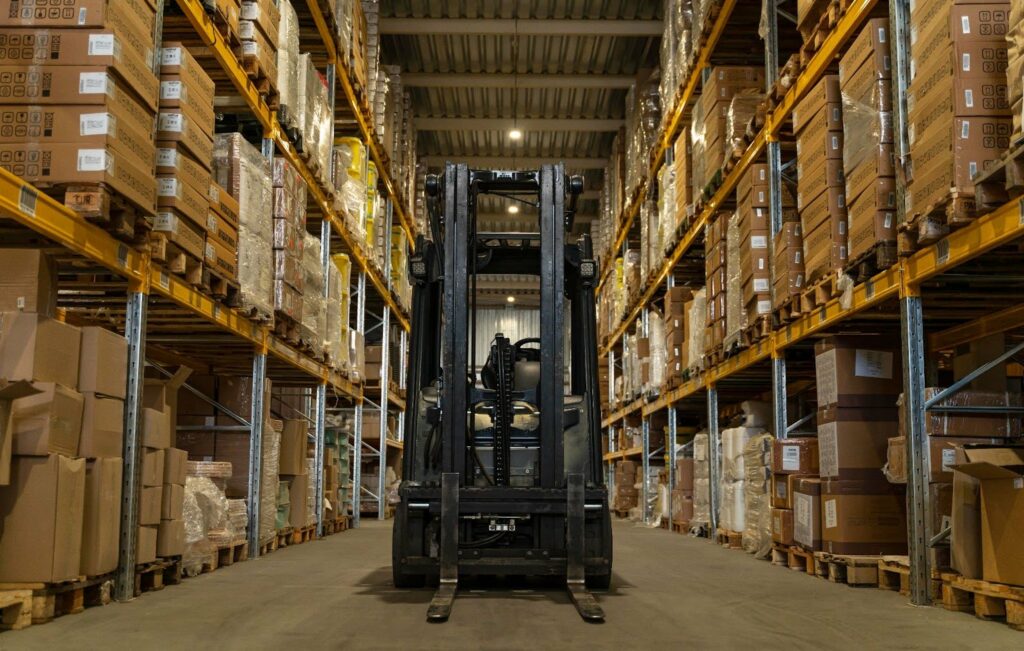Global supply networks become more intricate and interdependent, making them more susceptible to problems. Businesses encounter a variety of supply chain risks, from technical interruptions to economic swings, which call for proactive management techniques. Supply chain disruption is anticipated to continue affecting sectors worldwide in 2024. The top ten logistical issues facing international supply chains this year are listed below, along with ways that supply chain risk management, or SCRM, might help.
1- Geopolitical instability
The geopolitical tensions of 2024 materialize through trade wars, sanctions, and conflicts that truly bind a force upon supply chains. Countries’ imposed tariffs or restrictions greatly increase costs due to delays and shipment rerouting. Effective SCRM includes monitoring global political developments and having appropriate contingency plans for sourcing and distribution.
2- Economic Volatility
The most significant challenge in supply chain management is economic instability in key markets. Increased inflation, fluctuation of currency, and possible recession factors in major economies can affect the cost of goods and transportation. The companies have to continually pay close attention to economic indicators and widen their supplier base to buffer them against any economic shift.
3- Climate Change and Extreme Events
Natural disasters like floods, hurricanes, and wildfires are on the rise in frequency and intensity due to climate change. Events like that bring down transportation networks, destroy infrastructure, and bring production to a grinding standstill, maybe some grave supply chain risks. Businesses will be pressured to make climate resilience a core part of their logistics strategy in 2024 by focusing on diversifying transport modes and routes.
4- Threats to Cybersecurity
As supply chains also move into more digitized forms, cybersecurity is becoming more of an exposed threat. The aftermath of a cyber-attack on the logistics management systems is seen in data compromise, shipment delays, and financial loss as such.

Supply chain risk management in 2024 should be inclusive of appropriate cybersecurity measures that will help in protecting critical data and maintaining continuity.
5- Labor Shortages
Ongoing labor shortages in key industries like transportation, warehousing, and manufacturing continue to stress supply chains. Workforce capacity will also likely be challenging in areas where skilled labor is in short supply during 2024. Automation and workforce planning are two strategies that will go a long way in mitigating these challenges.
6- Energy and Fuel Costs
Correspondingly, higher prices for energy and fuel translate into pressure on the cost of worldwide transport and logistics. In this regard, shipment cost increases with unstable fuel prices, and an energy supply disruption or sudden regulation to shift to greener alternatives may disrupt the supply chain. Therefore, supply chain risk management should look toward strategies that optimize energy use and prepare for alternative fuels that will significantly reduce these increasing costs.
7- Regulatory Compliance
Indeed, the strict regulations on trade, labor, and environmental standards are increasingly becoming complex for various regions. The need for compliance-essentially, foreign countries proved to be cumbersome to companies operating globally. In this regard, investment in compliance knowledge will go a long way in helping companies surmount such regulatory challenges. Equally important is the need for all supply chain partners to ensure that they comply with fresh legal requirements.
8- Technological Disruption
While technological advancement presents greater efficiency in logistics, a number of risks also come with it. As dependence on technology increases, so does the potential for vulnerabilities via system failures, cyber-attacks, or disrupting software updates. Balance digital innovation in 2024 with robust backup systems and continuous monitoring of new technology. Container tracking may be especially beneficial as it lowers the risk of lost or delayed products and gives real-time shipping visibility.
9- Supplier Reliability
Other major risks to the chains include greater volatility in demand coupled with shortages at the supplier level. Supplier failure due to financial instability, quality problems, or delays in production significantly disrupts operations. Strong development of relationships with reliable suppliers, including options for alternative sourcing, is vital in managing such risks.
10- Sustainability Pressures
As consumers and governments pressed for greener operations, companies feel the pinch to go green.

Reconsidering the entire supply chain, from better sourcing of materials to decreasing carbon emissions in the transportation of goods, is quite a challenge. Resolutions that logistics managers should make for 2024 include:
- Prioritizing sustainability through reducing waste.
- Route optimization.
- Engaging with eco-friendly suppliers.
Conclusion
Global supply chains will face several logistical issues in the beginning of 2024, for which careful planning and robust strategy design are necessary. Geopolitical instability, economic unrest, climate change, and cybersecurity threats are a few of these critical supply chain concerns. Good supply chain risk management covers both immediate mitigation and future strategies for disruptions.
These are issues that can only be overcome if companies truly embrace technology, foster sustainability, and have good supplier relationships. In this way, they will be able to avert these challenges in an even better way and also build a stronger, more adaptable supply chain for the future.

